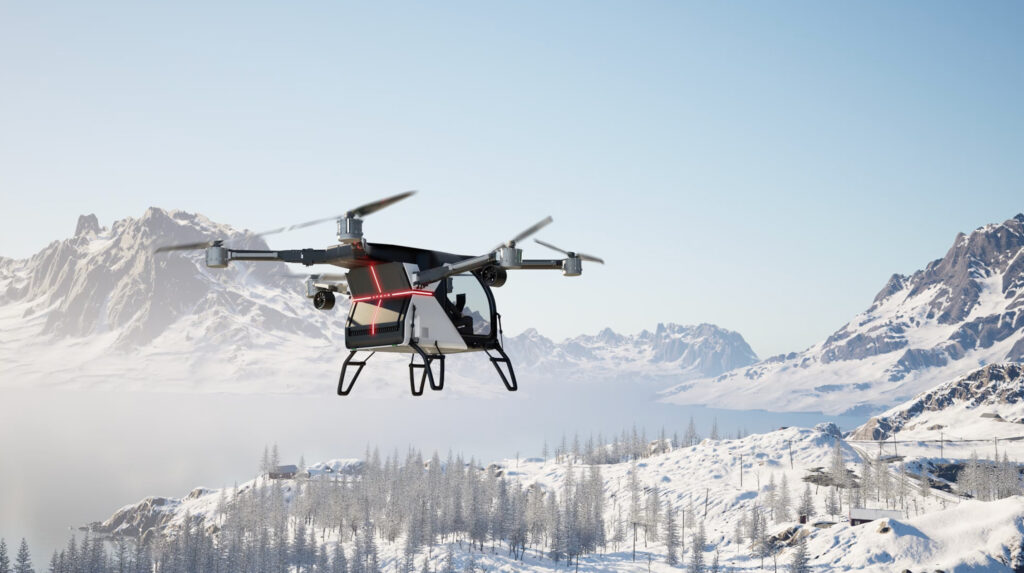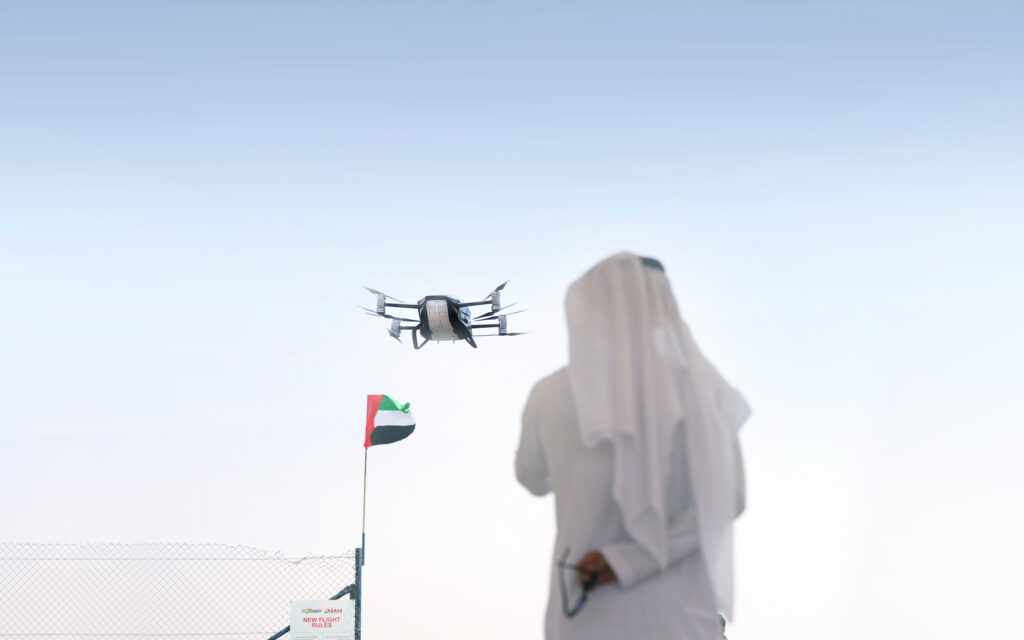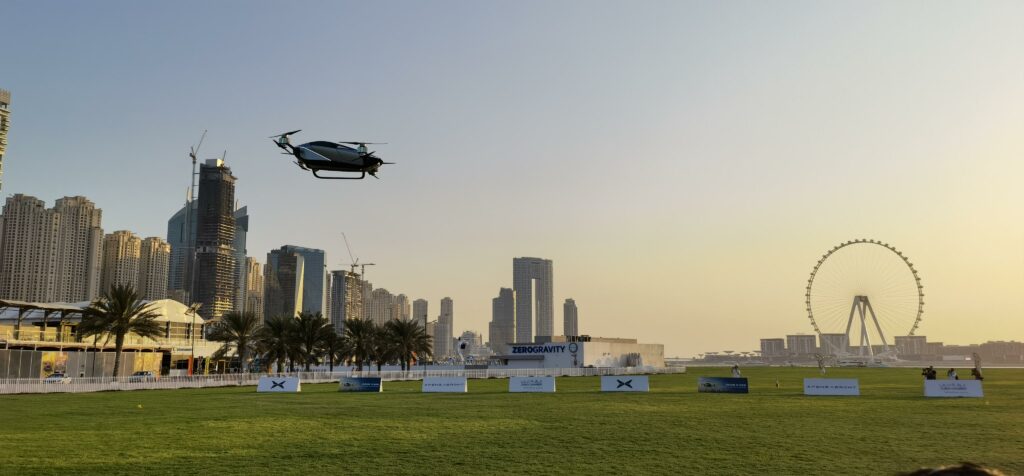
In a bold leap towards the future of urban transportation, XPeng AeroHT, the flying car subsidiary of Chinese electric vehicle (EV) manufacturer XPeng, has announced plans to construct a state-of-the-art factory dedicated to the mass production of flying cars in Guangzhou, China. This ambitious project, supported by local authorities, will set the stage for large-scale manufacturing and testing of these innovative vehicles, marking a significant milestone in the evolution of urban air mobility.
XPeng AeroHT’s planned facility will not only serve as a manufacturing hub but also accommodate product testing, sales, and operational activities. While specific details about the investment size and factory capacity remain undisclosed, XPeng AeroHT has highlighted that this will be the world’s first factory for flying cars to utilize a modern assembly line for large-scale production. The primary focus will be on the flying body of its modular flying car, a groundbreaking concept that combines both terrestrial and aerial capabilities, putting us a step closer to living like the Jetsons.

The Modular Flying Car: A Game Changer
The modular flying car, dubbed the ‘Land Aircraft Carrier,’ was first introduced in October 2023. This innovative vehicle is a range-extended three-axle van that carries an electric vertical takeoff and landing (eVTOL) vehicle on board. Capable of recharging the two-seater eVTOL between flights, the ground module can accommodate up to five passengers, making it a versatile and practical solution for urban mobility. XPeng compares this transporter to a “lunar exploration vehicle,” emphasizing its futuristic design and functionality. As optimistic as the comparison is, we probably won’t be seeing it on the Moon any time soon.
Pre-sales of the modular flying car are set to begin in the fourth quarter of this year, aligning with XPeng’s previously announced schedule. The company aims to start deliveries by the end of next year, initially targeting the Chinese market before expanding globally to regions like the Middle East and Hong Kong. Priced around $200,000, this flying car represents a significant investment in the future of transportation, promising to transform how we navigate congested urban environments.

To be fair, $200,000 is a lot, more than most EVs out there. The price sits around premium models like the Mercedes G-Class EV, but the main difference is that XPeng’s model can fly, so it’s an advantage. At the end of the day, it’s still cheaper than the anticipated $320,000 price tag for the UDX Airwolf.
Technological Innovations and Milestones
XPeng AeroHT’s journey into the flying car industry began in 2021 with the launch of its first flying car. Following public flights in Dubai in 2022, the company received a conditional flight permit from Chinese authorities in January 2023, resulting in the AeroHT X2 being the first crewed eVTOL to get the license for testing in China.

The company’s development efforts have culminated in the creation of the modular flying car, which integrates a sophisticated power train and flying control system both of which are developed in-house. This technology, combined with support from local governments and regulatory bodies, positions XPeng AeroHT as a leader in the burgeoning field of urban air mobility.
Strategic Partnerships and Expansion
XPeng AeroHT’s ambitious plans are backed by strategic partnerships and government support. The company has signed an investment and cooperation agreement with the Guangzhou development district authorities, which will provide assistance in areas such as land use, financing, and the development of flying car application scenarios. This collaborative approach ensures a robust infrastructure for the future of flying cars.
In addition to its manufacturing capabilities, XPeng AeroHT is also focusing on creating a comprehensive ecosystem for urban air mobility. The company is working on establishing take-off and landing sites in partnership with local governments, ensuring that the necessary infrastructure is in place to support widespread adoption of flying cars.

XPeng seems to be covering all aspects of these flying cars, so it may not be as science fiction as we think.
A Vision for the Future
XPeng AeroHT’s vision extends beyond merely producing flying cars. The company aims to offer an additional option for public transport, enabling passengers to avoid traffic congestion and enjoy a seamless travel experience. By targeting individuals rather than corporate customers, XPeng AeroHT is exploring efficient, safe, and carbon-neutral mobility solutions that cater to the needs of modern urban dwellers.
As part of its long-term strategy, XPeng AeroHT is also preparing for the regulatory challenges associated with urban air mobility. The company’s flying car, the AeroHT Voyager X2, has already completed a low-altitude flight in Guangzhou’s central business district, demonstrating its potential as a viable mode of transportation.
Global Market Potential
The global market for low-altitude aerial vehicles has been growing steadily, driven by advancements in technology and supportive government policies. In China alone, the market exceeded 500 billion yuan ($69.5 billion) last year and is projected to reach 2 trillion yuan by 2030. XPeng AeroHT’s entry into this market positions it to capitalize on this growth, with plans to sell 5,000 units of its flying car within the next two years. That’s less than a quarter of what Ferrari sells in a year. With that said, it won’t take long for “flying cars” to become a thing, so we should see the numbers increase over the next decade.
Conclusion: A New Era of Mobility
XPeng AeroHT’s development of a dedicated flying car factory represents a significant step forward in the realization of urban air mobility. By leveraging cutting-edge technology and strategic partnerships, the company is poised to transform the way we think about transportation. The upcoming launch of the modular flying car and the establishment of a robust manufacturing and operational infrastructure underscore XPeng AeroHT’s commitment to innovation and its vision for a future where flying cars are a common sight in our skies.

This exciting venture not only highlights the potential of flying cars but also marks the beginning of a new era in mobility, one that promises greater convenience, efficiency, and environmental sustainability. As XPeng AeroHT continues to push the boundaries of what’s possible, the dream of flying cars is rapidly becoming a reality.
As good as all of this sounds, these kinds of vehicles are still in their infancy. There are existing models, and they work, but it will take some until they get mainstream adoption, something that we eagerly await.





Considering how much trouble people can get into driving on the ground, I wonder how this will work out when they are flying through the air?